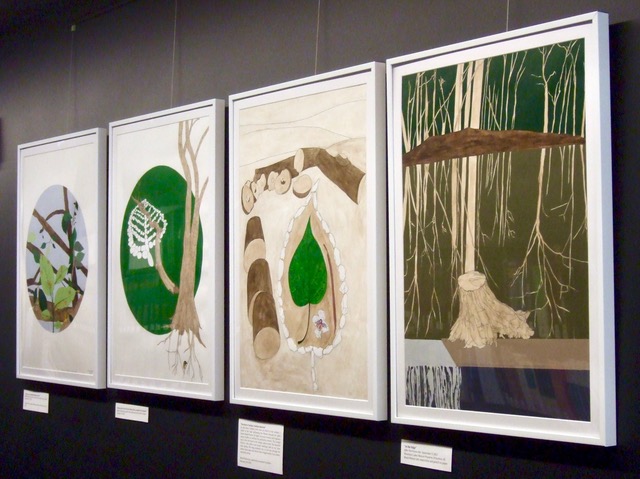
“Uprooted Trees, Magicicadas and Climate Change”
In May 2021, the Brood X Magicicadas started to emerge from the ground, where they have been feeding on the sap of tree roots for 17 years. I studied, sketched and painted the three species of Magicicada: Magicicada septendecim, Magicicada cassini and Magicicada septendecula. Princeton’s abundance of old trees and long history of preserving wooded areas sustains their livelihood. Cicadas depend on an interconnected network of forest to survive. The increase of global warming, the frequency of major storms, drought and extreme heat, stress trees and may result in habitat loss. Cicadas are part of the forest health. They aerate the soil and once they die, their bodies serve as an important source of nitrogen for growing trees. The best way to protect cicadas is also one of the strongest tools for fighting climate change, protecting trees. My paintings are about the unique life cycle of cicadas and the devastating loss of trees.
